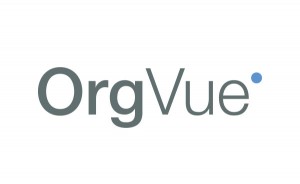Hey, gang – I have American Express’s VP of HRIS, Adam Krahling, for a cool one-on-one SHRM exclusive where he shares how AMEX built their entire global HR Shared Service delivery model from design through production! This is a free SHRM Webcast with HRCI credits. It’s coming up next week June 8th, Wednesday, at noon EST.
Adam is an awesome speaker, and I’ll be doing my best Oprah impression to interview him and dig out all those hidden secrets!
Every major HR project has its challenges but, when you add in the global perspective, those HR projects just got exponentially more challenging! For large organizations in the banking and insurance industries, these projects also have the added complexity of major regulations and laws that change from country to country. This webinar will assist you in understanding where most organizations fail from a global perspective, how to launch and get a project like this off the ground, and how to ensure your organization is successful in the long run.
The global transformation of HR is upon us, and American Express is leading the charge. Come learn how AMEX’s HRIS team helped lead the company into this new frontier and what strategies and design it incorporated from country to country.
Adam Krahling, vice president of Global HRIS for American Express, and I will dig into the American Express case study on how the company expanded HR service delivery globally. Learn how a large organization like AMEX moved its HR operations forward on a global scale, the impact it had and the step-by-step process they used to ensure success.
You’ll be able to post your questions and thoughts on bringing your HR service delivery project into the modern era. –

 orkforce Planning together in a single product. Gartner named them the ‘Cool’ product of 2014, and ‘Cool’ is an understatement!
orkforce Planning together in a single product. Gartner named them the ‘Cool’ product of 2014, and ‘Cool’ is an understatement!